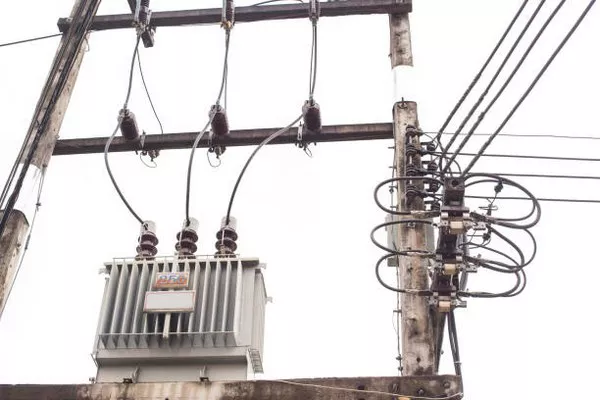In the realm of electrical engineering, transformers play a crucial role in transmitting and distributing power efficiently and safely. Among the various types of transformers, the step-down transformer holds a significant position due to its pivotal function in reducing voltage levels. This article aims to delve into the intricacies of step-down transformers, elucidating their operation, applications, and importance in electrical systems.
Understanding Step-Down Transformers:
A step-down transformer is a static device that decreases the voltage level from its primary winding to its secondary winding while maintaining the frequency of alternating current (AC). It consists of two sets of coils, namely the primary winding and the secondary winding, wound around a common core usually made of laminated iron or other magnetic materials. The primary winding is connected to the input voltage source, while the secondary winding delivers the reduced voltage to the load.
Operation of Step-Down Transformers:
The operation of a step-down transformer is based on the principles of electromagnetic induction. When an alternating current flows through the primary winding, it generates a varying magnetic field around the core. This changing magnetic field induces a voltage across the secondary winding according to Faraday’s law of electromagnetic induction. The magnitude of the induced voltage depends on the ratio of the number of turns in the primary winding to the number of turns in the secondary winding, known as the turns ratio.
Mathematically, the relationship between the input voltage (Vp), output voltage (Vs), number of turns in the primary winding (Np), and number of turns in the secondary winding (Ns) is given by the formula:
Vs / Vp = Ns / Np
From this equation, it is evident that the output voltage is inversely proportional to the turns ratio. Therefore, by varying the number of turns in the primary and secondary windings, the desired output voltage can be achieved.
Applications of Step-Down Transformers:
Step-down transformers find widespread applications in various sectors, including:
Power Distribution: In electrical grids, step-down transformers are used to reduce the high voltage generated by power plants to safer levels suitable for residential, commercial, and industrial use. This facilitates the efficient transmission of electricity over long distances while minimizing energy losses.
Household Appliances: Step-down transformers are integral components of electrical appliances such as chargers, laptops, and kitchen appliances designed to operate at lower voltage levels. By stepping down the voltage from the mains supply, these transformers ensure the safe and reliable operation of appliances while protecting them from potential damage due to overvoltage.
Voltage Regulation: In electronic circuits and power supplies, step-down transformers are employed to regulate voltage levels and provide stable power output. By stepping down the voltage to the desired level, these transformers ensure consistent performance of electronic devices and prevent voltage fluctuations that could damage sensitive components.
Isolation: Step-down transformers also serve as isolation transformers, providing electrical isolation between the input and output circuits. This isolation protects equipment and users from electric shocks and helps mitigate the effects of ground loops and noise interference in sensitive electronic systems.
Importance of Step-Down Transformers:
The significance of step-down transformers in electrical systems cannot be overstated. Here are some key reasons highlighting their importance:
Voltage Compatibility: Step-down transformers enable the use of electrical equipment designed to operate at specific voltage levels in regions where the mains supply voltage may be higher. This ensures compatibility between devices and power sources, facilitating seamless operation without the need for expensive modifications or replacements.
Safety and Protection: By reducing voltage levels, step-down transformers enhance the safety of electrical installations and equipment, minimizing the risk of electrical hazards such as fires, shocks, and equipment damage. They provide crucial protection against overvoltage conditions that could otherwise pose serious safety risks to users and property.
Energy Efficiency: Step-down transformers play a crucial role in enhancing the efficiency of power transmission and distribution systems. By reducing voltage levels for long-distance transmission, they help minimize energy losses due to resistive heating and improve the overall efficiency of electrical networks, thereby conserving energy and reducing environmental impact.
Versatility and Adaptability: Step-down transformers are versatile devices that can be customized to meet specific voltage requirements for a wide range of applications. Whether it’s powering electronic devices, lighting systems, or industrial machinery, these transformers offer adaptability and flexibility to accommodate diverse electrical needs.
Conclusion:
In conclusion, step-down transformers serve as indispensable components in electrical systems, enabling the safe and efficient transmission, distribution, and utilization of electrical power. Their ability to reduce voltage levels while maintaining frequency makes them essential for various applications ranging from household appliances to industrial machinery. By understanding the operation, applications, and importance of step-down transformers, engineers and practitioners can effectively design and implement electrical systems that meet the demands of modern society while prioritizing safety, efficiency, and reliability.

